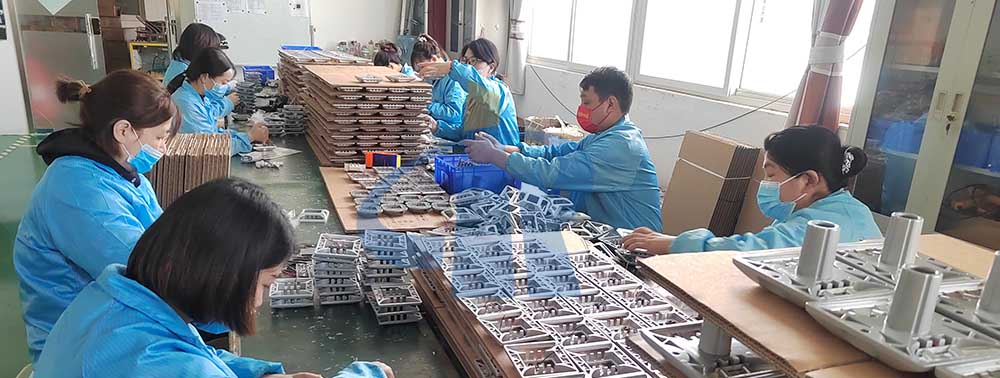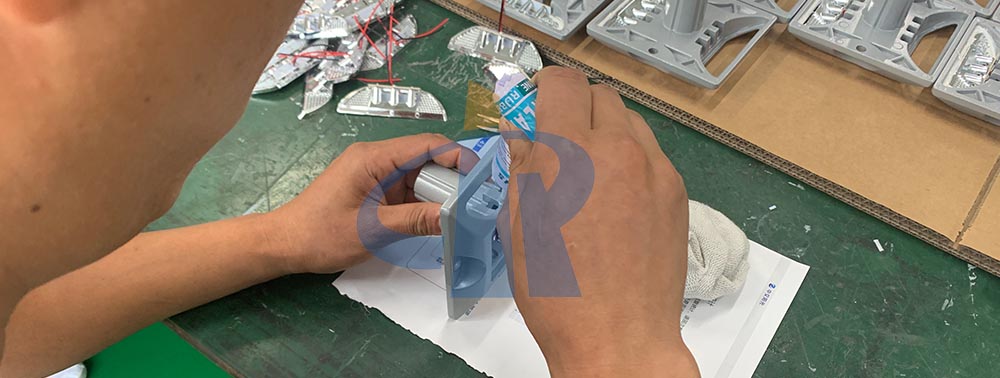The introduction of
Solar Studs circuit diagram allows everyone to know more about
Solar Studs, Solar Studs (
solar road stud or solar road marker), is a type of Solar Studs, set along the road surface, used at night or in rainy and foggy weather, indicating the road ahead Direction, consisting of retroreflective material, shell, solar panel, LED, and control device, a visual induction facility with active luminescence and passive reflective properties, usually used in conjunction with marking lines.

During the day, the solar panel absorbs sunlight, converts the solar energy into electrical energy, and stores it in the energy storage device (battery or capacitor). Bright light to outline the road and induce the driver's sight.
Solar Studs can be divided into embedded type and protruding type according to the different installation positions.

The former is generally used in the midline, and the latter is generally used in the edge line. This is because the
Solar Studs installed in the center line have particularly high requirements for compressive performance. In order to solve this problem, the
Solar Studs had to be buried in the ground, and only about 5 millimeters were exposed. The
Solar Studs used on the edge line do not have particularly high requirements for compressive performance, and the protruding ground can still work effectively.
 Solar Studs
Solar Studs can be divided into capacitive type and battery type according to different energy storage components. The service life of the former can reach five to seven years, and the service life of the latter is generally ranging from one to three years.
Because the embedded
Solar Studs have great damage to the road surface, and the capacitive Solar Studs cost is too high, the protruding battery
Solar Studs is currently the most widely used.


